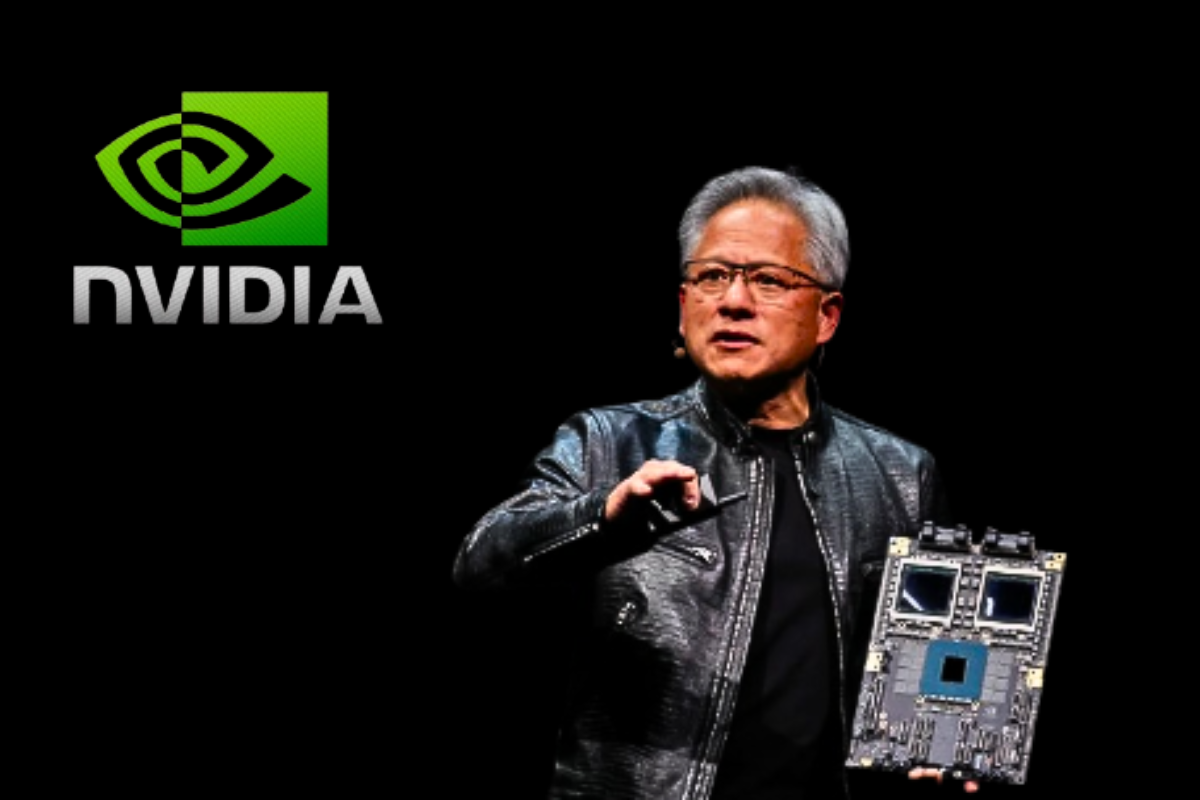Nvidia CEO Jensen Huang has stated that the performance of the company’s AI chips is advancing at a rate exceeding the long-established benchmarks of Moore’s Law, which has historically guided the progress of computing technologies.
“Our systems are evolving much faster than Moore’s Law,” Huang shared in an interview on Tuesday, following his keynote address to an audience of 10,000 at CES in Las Vegas.
Moore’s Law, introduced in 1965 by Intel co-founder Gordon Moore, predicted that the number of transistors on computer chips would double approximately every year, effectively doubling their performance. This principle fueled decades of rapid technological advancement and cost reduction. However, progress based on Moore’s Law has decelerated in recent years.
Huang asserts that Nvidia’s AI chips are advancing at an accelerated rate, citing the company’s latest data center superchip as being over 30 times faster than its predecessor in handling AI inference workloads.
“Our ability to innovate across the entire stack—from architecture and chips to systems, libraries, and algorithms—allows us to move faster than Moore’s Law,” Huang explained.
Huang’s bold statement comes amidst ongoing debates about whether AI development is slowing down. Nvidia’s AI chips play a pivotal role in the work of major AI labs, including Google, OpenAI, and Anthropic, which use them to train and operate AI models. Any progress in Nvidia’s hardware will likely drive advancements in AI model capabilities.
This isn’t the first time Huang has suggested Nvidia is outpacing Moore’s Law. In a podcast appearance in November, he referred to the current trajectory of AI as progressing at a rate akin to “hyper Moore’s Law.”



